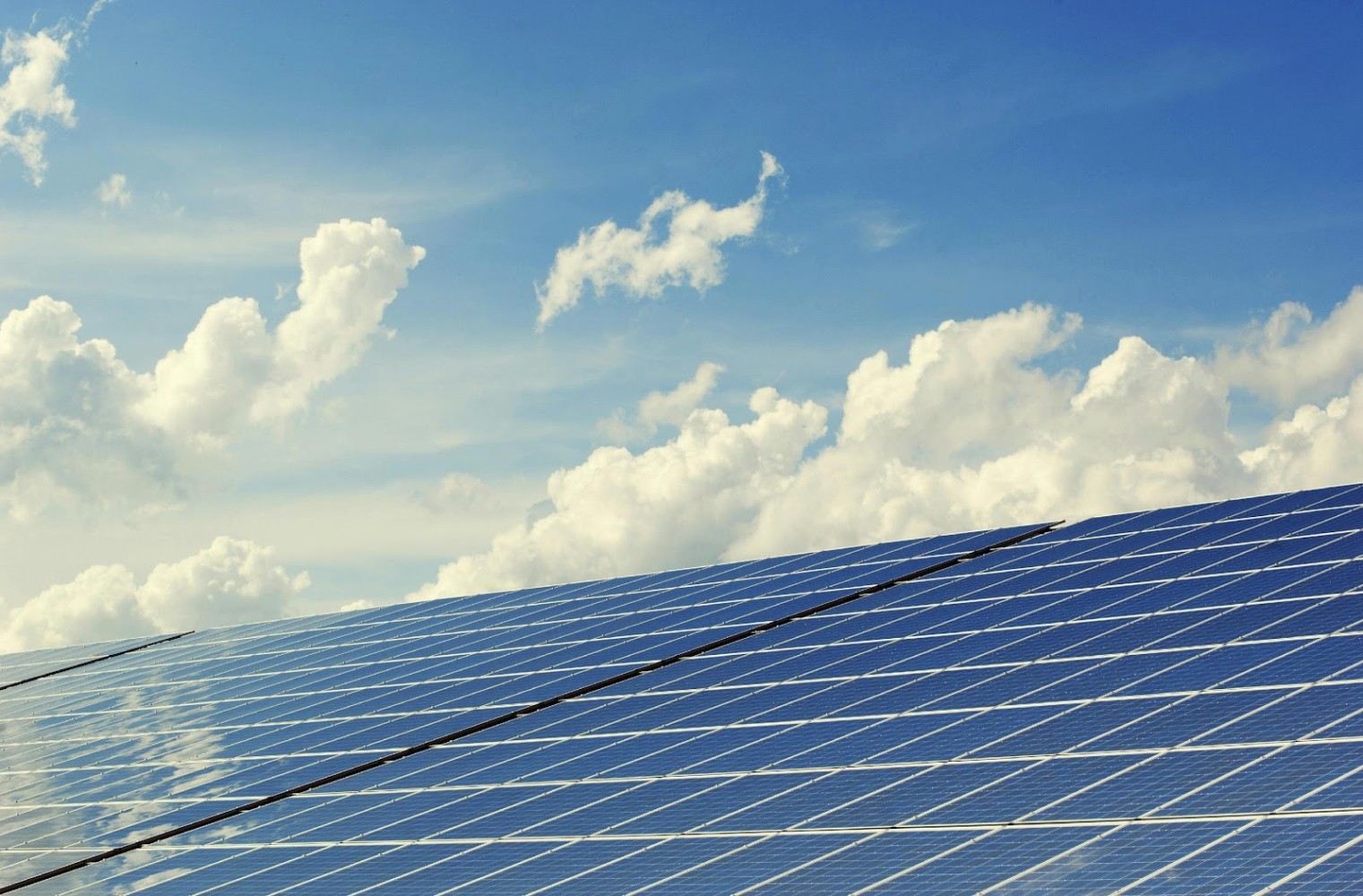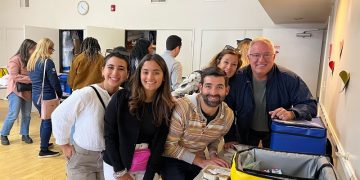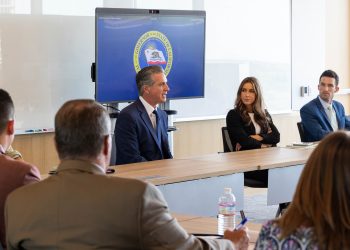
Last week’s S.M.a,r,t, article (https://smmirror.com/2024/07/sm-a-r-t-column-food-water-and-energy-part-1-of-3/) talked about the seismic risks to the City from getting its three survival essentials, food, water, and energy shut down by the inevitable large earthquake. Specifically, we looked at the risk to our water supply from the San Andreas Fault, which can sever the two large long-distance canals that supply approximately 25% of our water demand. Energy cut-off has a similar risk profile, but fortunately, there is more we can do to protect our City if we plan for it now.
Many Power Sources
Unlike vulnerable imported water, renewable electrical energy sources (wind, solar, hydro, tidal, geothermal) are already widely distributed in the LA basin, as are power plants of non-renewable energy sources (coal, oil, natural gas nuclear). The largest nearest renewable daytime power source are the thousands of existing city-wide rooftop photovoltaic and hot water solar collectors. These solar collectors reliably provide daytime power regardless of the price of oil, gas or what SCE charges. Just like our City’s cost of water, which is doubling over a five-year period, fossil fuel costs fluctuate widely which you can see daily at the gas pump.
While the cost of power for homes and business does not fluctuate as wildly like the market-manipulated volatility of automobile gasoline, it is inexorably upward because fossil fuels get exhausted by human extraction faster than new economical sources can be found. Coal mines get played out, oil is available only at deeper ocean depths or in hotter deserts (or farther arctic distances) than can be economically pumped out, and uranium for nuclear energy is only found in a few specific places. And, as expected, these rising nonrenewable energy costs disproportionally impact the poorest members of society.
So as global human energy needs increase, the sources of non-renewable energy, with their numerous advantages and dangers, first get stressed, then get extracted more efficiently, but finally get exhausted when the extraction costs exceed the value of that energy. There is some indication that we are currently reaching peak oil, after which oil production will decline, but its cost will of course, continue to climb. The crushing price pressure on fossil fuel will only increase because the cost of renewable power sources per kilowatt is now falling faster than the cost of gas, oil, and nuclear-supplied power.
There is another big distinction between the renewables and nonrenewables. The former are generally “cleaner” than the latter. For example, the boom in US natural gas production from fracking has come at the permanent cost of hundreds polluted local water systems. Offshore oil platforms blow up (Deepwater Horizon), polluting miles of ocean. Burning coal blankets states downwind with acid rain and mercury, which has measurable negative health effects on humans and animals. Finally, nuclear plants regularly explode (Three Mile Island, Chernobyl, Fukushima, etc.) and also have spent fuel storage problems essentially lasting forever.
Renewables are not pollution-free, of course. The extraction of rare metals needed for solar collectors and batteries disturbs ecosystems and exploits workers like all mining activities do, while massive windmills kill thousands of migratory birds. However, in the overall balance, renewable energy sources are cleaner (have fewer secondary effects) than nonrenewable energy sources. The wide distribution of clean, renewable power sources increases seismic survival and also increases (by pollution reduction) the longevity of individual residents.
Variability of most renewable power sources
But what significantly separates the renewable from the nonrenewable is that usually, renewables are more prone to both regular and irregular interruption: the sun does not shine all day, tides rise and fall twice a day, wind does not blow continuously, and rain needed for hydropower (and food) varies seasonally. So humans have developed, through the millennia, hundreds of clever ways of ensuring a steady supply from variable sources. We have refrigerators to keep our food until our next trip to the grocery store. We build barns and silos to carry our food through the winter when it does not grow. We build reservoirs, dams, and aqueducts to stabilize the seasonal variability of water. Finally, we use batteries to store power for later use when it has been previously generated from many sources, some of which are variable (solar, wind, etc) and some of which may be more steadily available (natural gas, oil, etc.).
The grid is not ready.
So, while renewable energy sources are cheaper, cleaner, and potentially more stable in an earthquake than fossil fuels, we are exposed by an incredibly vulnerable power grid. For example currently, your typical rooftop photovoltaic system is not designed, nor required, to be able to continuously operate if SCE does not provide your system power. For a variety of safety technical reasons, it shuts down automatically as soon as SCE’s power cuts off. And as previously discussed the San Andreas fault system crosses vulnerable transmission lines that connect us to the vast fields of solar collectors and windmills located in the deserts east and north of us. So, while we have abundant nearby and more distant sources of clean power, we may not be able to access them in a seismic emergency.
Finally, even if skyscrapers or any tall building could figure out how to generate enough power for their local needs from solar collectors, etc., they would soon lose that advantage as soon as a shading skyscraper was built next door. Unfortunately, we do not, at this time, have City codes in place to protect the solar rights of our neighbors, which is the most important step to a sustainable and resilient (able to withstand emergency interruptions) City. Why would anyone bear the expensive cost of building or retrofitting a solar collector system on their building if a neighbor could, at any time, render their system unproductive by shading it with a taller building? In this manner, by not having solar access codes in place, the City is giving up its most direct path to a regular supply of daytime power, which will last as long as the sun shines. The shading power of unrestricted skyscrapers disincentivizes the entire City from converting to local solar power. Our City, with its proposed skyscraper binge, is giving up its best chance to become energy-independent and survivable in the next inevitable seismic event.
Next week’s article will discuss other challenges the City faces on its path to energy independence and survivability.
By Mario Fonda-Bonardi AIA
S.M.a.r.t Santa Monica Architects for a Responsible Tomorrow
Thane Roberts, Architect, Mario Fonda-Bonardi AIA, Robert H. Taylor AIA, Architect, Dan Jansenson, Architect & Building and Fire-Life Safety Commission, Samuel Tolkin Architect & Planning Commissioner, Michael Jolly, AIR-CRE Marie Standing. Jack Hillbrand AIA
For previous articles, see www.santamonicaarch.wordpress.com/writing













